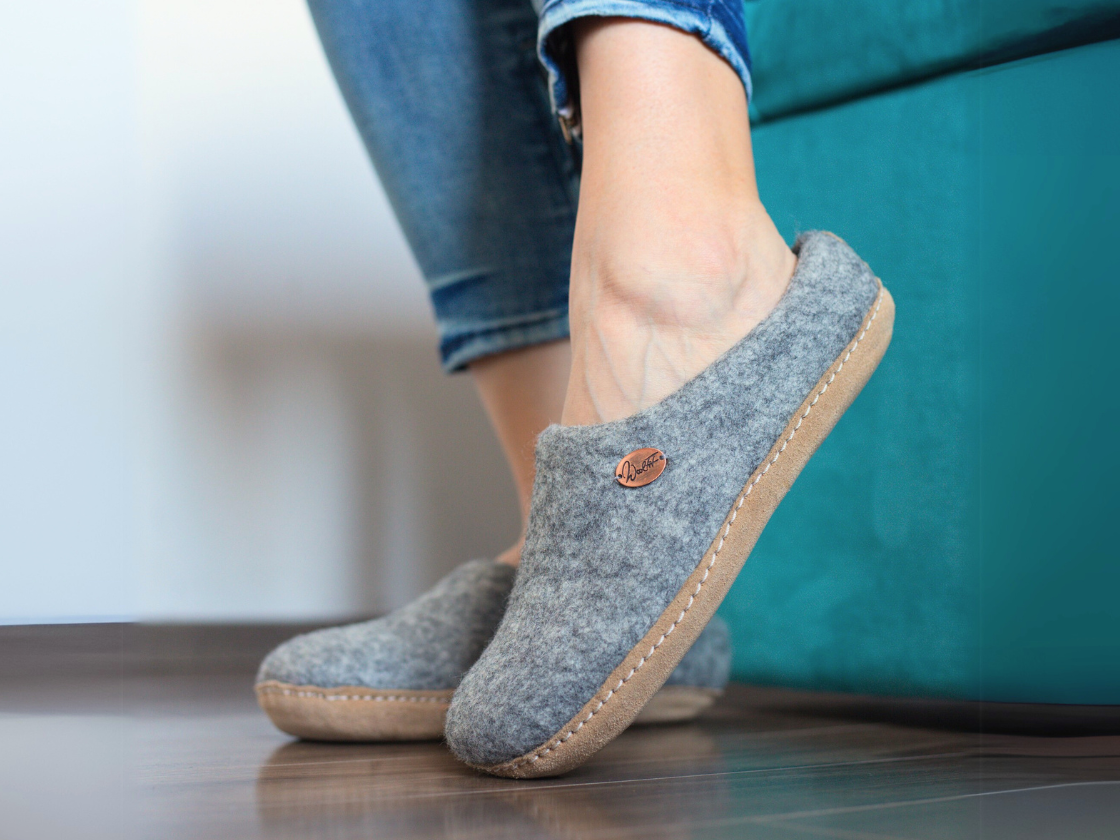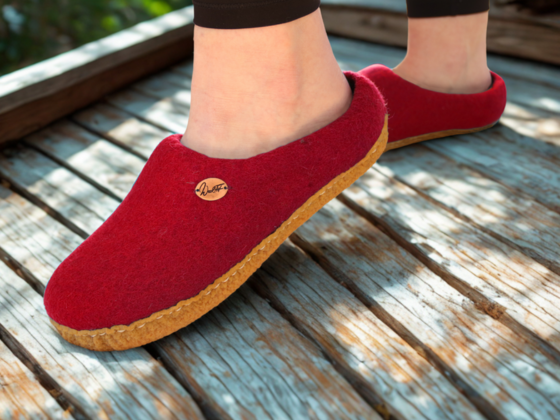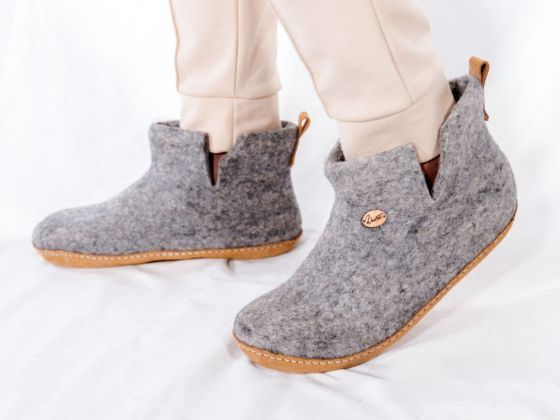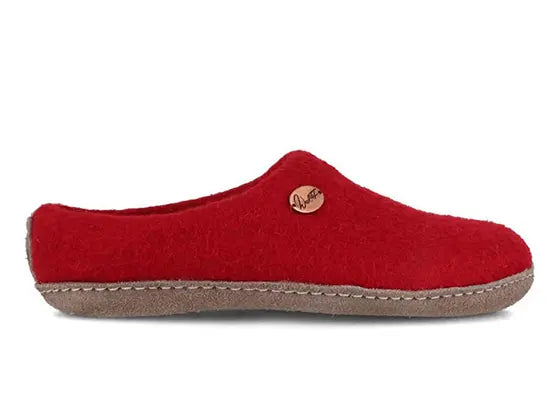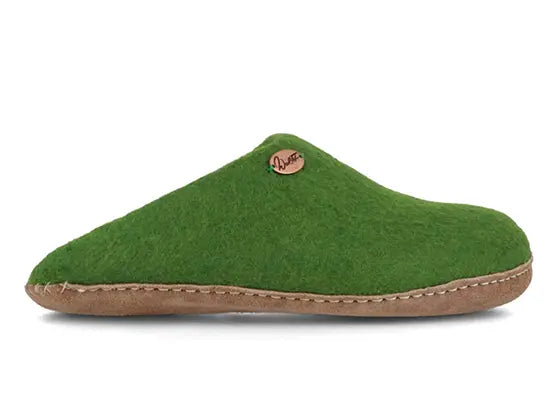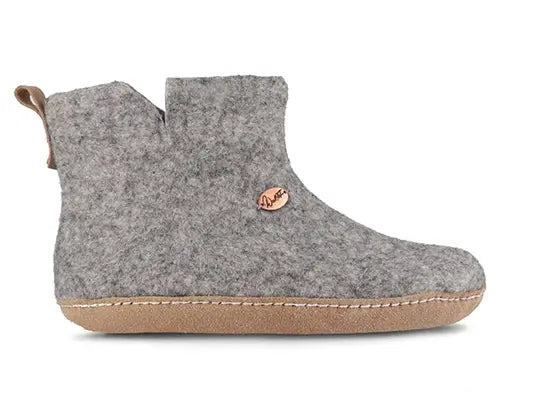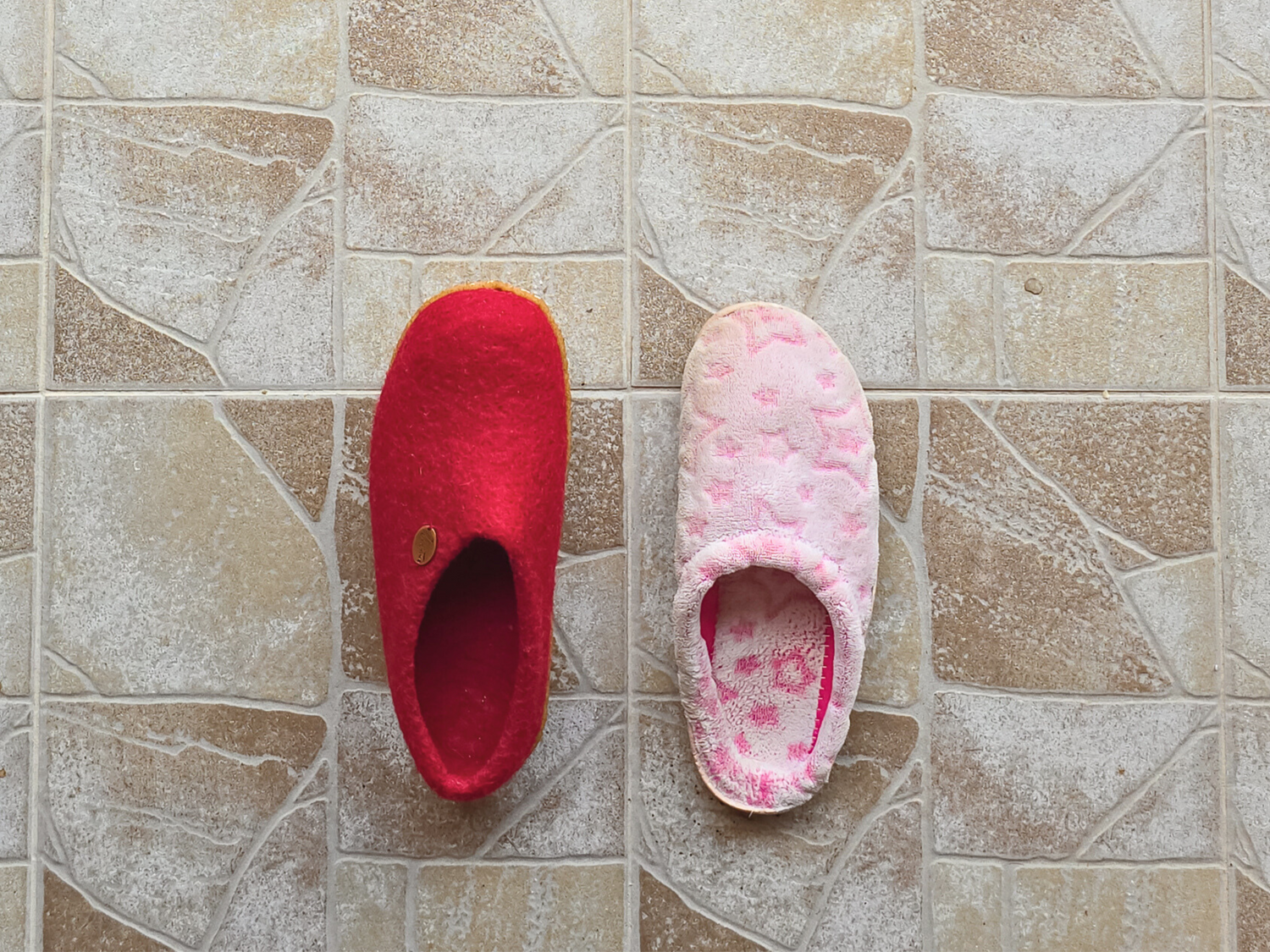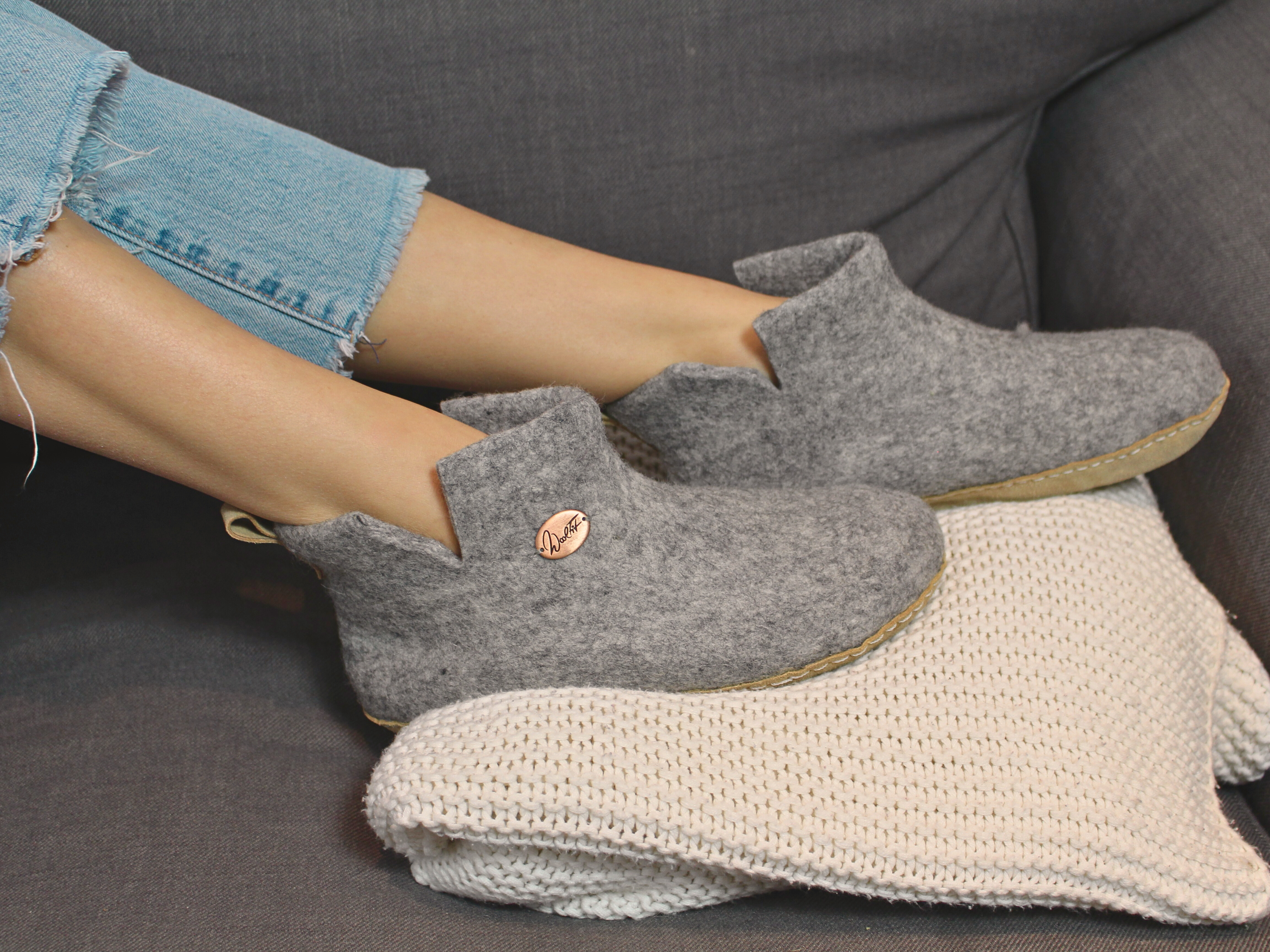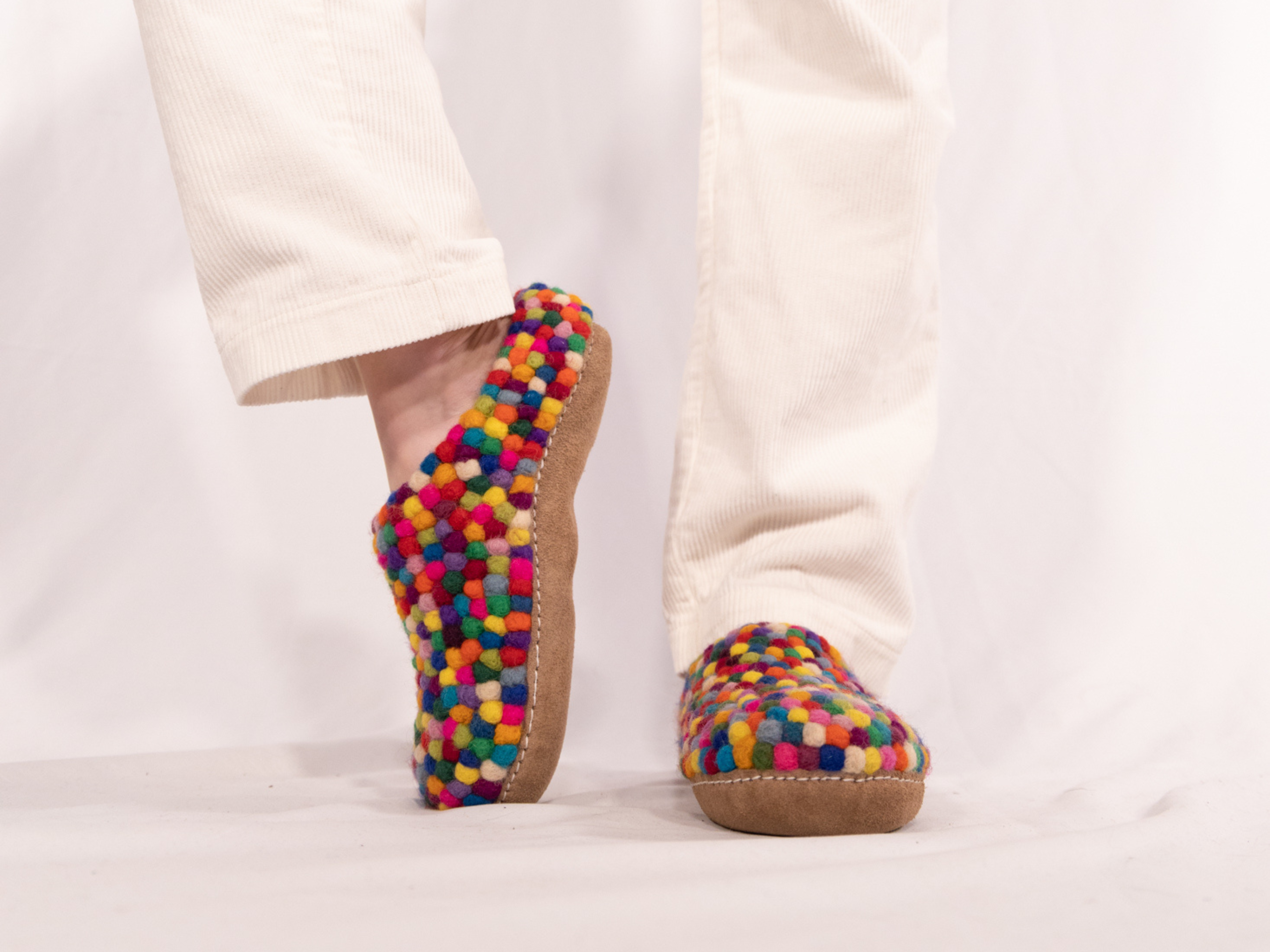— Have you ever worn old slippers throughout the year and noticed they became to run their course sooner than they were supposed to?
As it turns out, slippers tend to stretch with wear and will expand outwards over time, but each type of slippers is prone to this at a different pace.
'Comfortable and durable' are two things that matter to us!
Many slippers which promise to be comfy aren't, and many which promise to last aren't either. If you wear the same slippers for 8 hours a day, 5 days a week in the winter, then you need a pair of durable slippers — not just any pair of slippers. With so many options available for purchase, it can be difficult for people seeking to replace a favorite pair of slippers that have reached the end of their useful life.
For centuries these foot coverings were made from animal skin and hair, however, with the advent of the industrial revolution and more sophisticated manufacturing techniques, slippers can oftentimes be made entirely from man-made materials.
Wool and synthetic, those are the two main types of material that slippers are made from:
-
Wool slippers are made from wool, which is a natural fiber produced by sheep.
-
Synthetic slippers are made from synthetic materials like polyester or acrylic.
The materials used for slippers are very important in determining which type to purchase. Both of them have their pros and cons. Not all materials are created equal and because of this, you should consider several different factors when choosing a pair of slippers. So, which is the best choice?
Let’s find out!
Comfort as a main aspect: Wool slippers vs. synthetic slippers
WOOL SLIPPERS
The main advantages:
-
Warm and breathable
Do you know that wool is a natural insulator? This means that the fiber can hold in heat or keep out cold notwithstanding the environment. In colder weather, wool slippers will retain body heat longer than cotton or synthetic ones, keeping you warmer.
Note: Woolen footwear has been handed down for generations as an excellent choice for anyone who suffers from circulation problems.
Furthermore, wool is an air-permeable material, while synthetic materials aren't. This makes it an excellent choice for warmer weather: the temperatures under your floor-length gown won't rise to dangerous levels, and you'll never experience that nasty sensation when the heat rises to your feet. It absorbs moisture from your skin and releases it outside, preventing your feet from sweating or getting cold. Because wool is naturally hydrophilic, it doesn't require treatment with special chemicals to stay fresh.
When you're wearing wool slippers, your feet are always able to breathe!
-
The extra comfort
Wool is one of the softest animal fibers available. This makes it a perfect material to make slippers, especially if you want them to be as comfortable as possible. It doesn't matter if you wear your wool slippers to kick off your shoes at the end of the day, take a walk down the street or around the park, or want to wear them walking through a wooded path on a romantic date — they'll work just as well in all instances as they're able to adapt to your individual needs.
The extra facts you didn’t know about:
-
Due to the fact that wool contains lanolin and has the ability to repel water - it makes natural slippers waterproof.
-
Wool, along with having great qualities for use in footwear, is also resistant to moth attacks and easy to wash and clean.
-
As a rule, wool slippers have thick soles that are perfect for people suffering from problems with nerves and ligaments of their legs (neuropathy), who have extra sensitive skin, and poor blood circulation in their legs. Even if you have hardwood floors or carpeting, wool will provide a soft cushion from your hard surface with every step you make in your slippers.
-
Flexible material
Traditional slippers are made with a singular material, meaning that if your slippers don't fit perfectly on the first try, you're out of luck. It is annoying to need to get a different size, or even return them entirely when they don't work the first time you put them on. Wool is a natural fiber, which means it tends to stretch when needed and also conforms to your feet and foot shape like a second skin.
This means that even if your woolen slippers aren't perfect on the first day of wearing them, they'll fit like a glove in no time!
-
Anti-odor
Wool slippers are not only warm and comfortable, but they are also safer than most other types of footwear. The antibacterial properties of wool mean that the shoes help to reduce odor, which can be caused by bacteria growing on synthetic materials in footwear. Wool naturally helps to provide optimum hygiene conditions and reduce bacteria found on the shoe surface by preventing bad smells from developing thus making your home smell fresher and cleaner.
Source: Springer
The main disadvantages:
-
Allergies
People with allergies or a sensitivity to certain materials may experience difficulty wearing this type of slipper indoors or out. Wool is made from the hair of sheep and contains lanolin, which can cause allergic reactions in some people. People who have a sensitivity to lanolin, a natural oil found in wool, should avoid wearing wool slippers. Wool fibers will disintegrate when they come into contact with the skin and this causes possible irritation and could pose an allergy risk.
-
The ability to stretch
Wool slippers offer a comfortable, enjoyable experience for home and office wear; however, over time, wool can stretch out of shape, which reduces the support and comfort it provides. The degree of stretching that occurs depends on both the quality of the wool and how frequently it is worn. Wool is an inelastic material, which means that it has trouble returning to its original shape once it has been stretched out.
-
Cost
With their ability to stay warm for long periods of time and provide cushioning, wool slippers are a viable choice for many people — particularly those who live in cold climates, travel in areas with varying temperatures, or experience discomfort exerted by freezing temperatures. Unfortunately, this attention to comfort comes with a price tag. Wool is a natural fiber made from the fleece of sheep. For this reason, it’s a bit more expensive than other options on the market, which can make it less accessible for some people.
SYNTHETIC SLIPPERS
The main advantages:
-
Softness
From a flip-flop that screams summer to the comfy slippers in your own living room, rubber and other synthetic materials can be found just about anywhere.
Our feet are one of the most sensitive parts of our body because they are exposed to a variety of surfaces. Synthetic slippers can be a great alternative to traditional slippers and is a good choice for anyone that wants to walk around in comfort and get more out of their home. Synthetic slippers, such as those made from microfiber and polyester material, are plush and cozy, and they can keep your feet comfortable no matter how long you spend on your feet.
-
Lightweight
Synthetic slippers are a blessing, especially in the summer. They are much lighter than wool ones, which can make them more comfortable to wear for extended periods of time. The weight of the slipper will affect your comfort while wearing them, as well as the friction they create when worn against carpets and other surfaces. Wool tends to be considerably heavier than synthetic fibers, which also makes it warmer in comparison. However, there may be times when other features are more important than weight, such as absorbing moisture and air permeability.
-
Easy to clean
Throughout Australia, China, and the USA, guest houses, and inns have adopted synthetic slippers as their standard footwear, given that they are suitable for indoor and outdoor use. Synthetic slippers are favored by those due to the fact that they can be laundered more frequently than natural fiber slippers. Moreover, they can be even machine washed or wiped down for those who are loathe to launder their clothing by hand. Many people prefer a washable slipper for its convenience.
These synthetic slippers repel dirt so that cleaning up after yourself is both easy and convenient!
The main disadvantages:
-
Lack of good passage of air
Because of their chemical makeup, synthetic materials can trap and retain heat, moisture, or odor and become uncomfortable to wear when exposed to these elements over time. Synthetic materials can also be less breathable than natural materials, so wearing them for long periods of time can lead to sweaty or smelly feet. Natural materials allow sweat to escape, whereas synthetic materials tend to retain moisture and can cause the development of mildew. This means that synthetic slippers are often not suitable for use in environments where people spend a lot of time walking around.
-
Lack of moisture-wicking
If you're in a country where the climate is hot and humid, wool slippers are sometimes considered to be more comfortable than synthetic ones. The reason for this, besides the fact that wool naturally wicks away moisture better than synthetics, is that it absorbs your sweat so your feet aren't actually sitting in damp fabric but rather on a waterproof barrier constructed by the material. Synthetic fibers like polyester don't wick moisture nearly as well, resulting in feet that may feel sweaty even after a short walk.
-
Lack of natural insulation
Synthetic slippers use man-made fibers such as nylon, polyester, and acrylic, which do not provide the same level of insulation as wool or other natural materials. The lack of insulating qualities can be an advantage in some cases because they allow the wearer to regulate their temperature more easily. However, they should not be worn when temperatures drop below 10 degrees Celsius (50 degrees Fahrenheit).
Wool slippers vs. synthetic slippers: What is more durable?
Wool slippers tend to be more durable than synthetic slippers because:
-
wool is a natural fiber and can withstand wear and tear over time rather than becoming worn or misshapen;
-
wool fibers are also flexible and elastic, so they will maintain their shape even after repeated use;
-
wool also resists damage from nicks better than man-made fibers. As such, it is more resistant to pilling and fuzzing.
While wool slippers can be more durable than synthetic varieties, a person's lifestyle and the type of slippers they wear can affect the life span of their slippers.
After comparing wool slippers to synthetic slippers, the following can be concluded:
Synthetic slippers may be the less expensive option, but their durability is inferior to wool. The truth is that while synthetic leather, suede, and similar fabrics might have a more youthful appearance, they are not as durable as naturally-occurring materials. Their soft feel and flexibility can be appealing, but synthetic materials can be prone to pilling, fraying, and other signs of wear and tear over time. While some synthetic materials may be more durable than others (such as nylon or polypropylene), they are generally not as long-lasting as wool.
As a result!
Wool and other animal fibers, such as cashmere and alpaca, are stronger, less prone to pilling, and will last much longer than synthetic fibers. Understandably, synthetic slippers may be good value for money considering the price of good quality wool is often high. However, it’s definitely worth it!
While we're not saying you should never buy synthetic slippers again, the long-term wear and tear of synthetic slippers may mean you have to keep buying new pairs much more frequently than you would if you purchased wool products. Our goal is not to persuade you away from synthetic slippers but rather to provide information so that you can make an informed decision on which is best for you and your family.


